The smart mask (ME)² by A3K for disease prevention
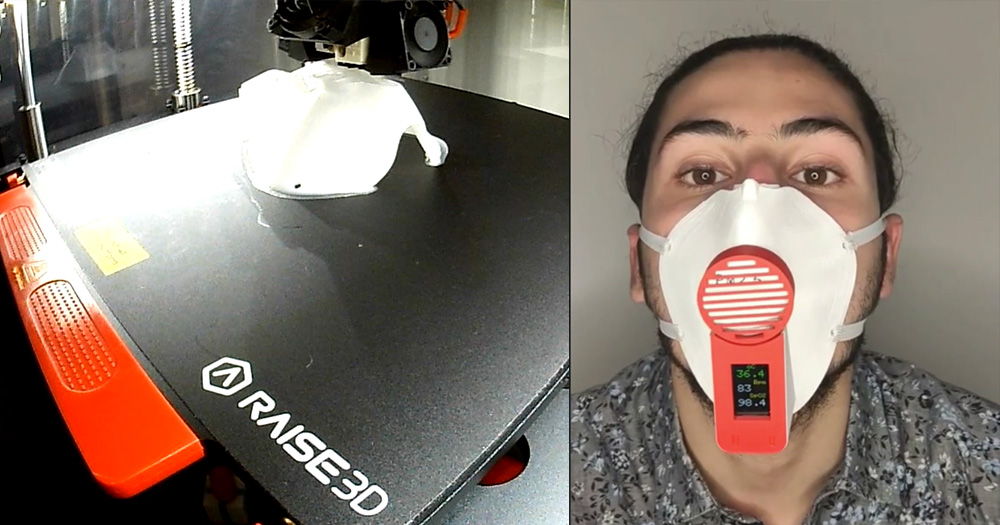
A3K S.R.L. was born as an innovative start-up at the beginning of 2021 after winning the PIN (Pugliesi Innovativi) tender promoted by the Puglia Region. This project Monitoring Equipment Mask Environment, in short (ME)², was initially born as a possible intervention to combat the pandemic caused by COVID-19, combining Daniele Monte's Digital Maker skills with Andrea Pazienza's Artificial Intelligence skills.
Today we want to talk about this experience through the words of Daniele and Andrea.
"We realized soon that the idea could also be extended to a wider market area, avoiding the possibility of using (ME)² only for the early detection of COVID-19 symptoms. However, predict is better than cure.
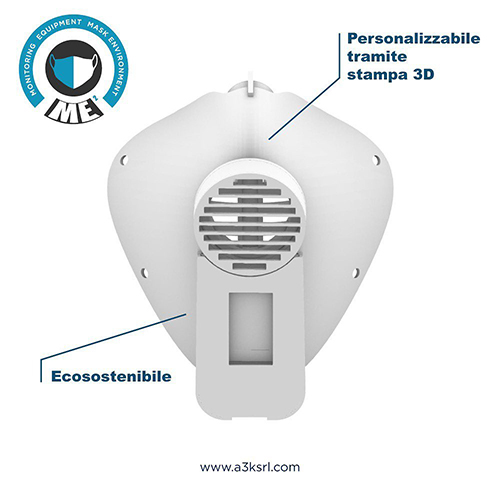
We deal with wide-ranging Research and Development, from the production of innovative Software that make use of Artificial Intelligence to the creation of prototypes and products that make use of IoT Technologies, all using innovative technologies such as 3D Printing.
For the realization of the (ME)² we relied on Raise3D Pro2 Plus, using the Slicer IdeaMaker and the RaiseCloud platform to manage the machine efficiently.
The main purpose of our project is to create a mask with sensors on board to measure vital parameters and intelligent and early detection of possible diseases.
The main challenge concerned the optimal positioning of the sensors, the electronics, the battery, and all the encumbrances. The mask had to comprehensively accommodate all the components in such a way as to ensure correct functioning, not to be excessively heavy while worn, and at the same time find a balanced arrangement.
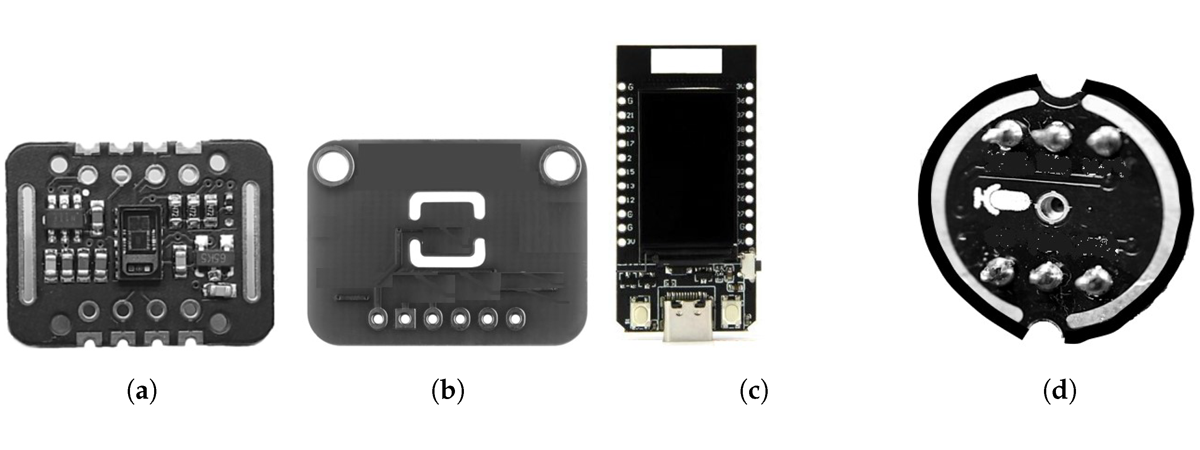
Furthermore, having a limited budget, it was not possible to create sensors and electronic components aimed at our single purpose, therefore we did a scouting of rapid prototyping components also considering the difficulty of designing an ad hoc housing for each component inside the mask.
Therefore, the template prototype had to go through a continuous and iterative design, construction, assembly, and validation process, so it was essential to reduce the costs of manufacturing the template.
The materials we were looking for had to have very specific characteristics: the flexibility to adhere correctly to the face and the rigidity to be able to securely attach the encumbrances.
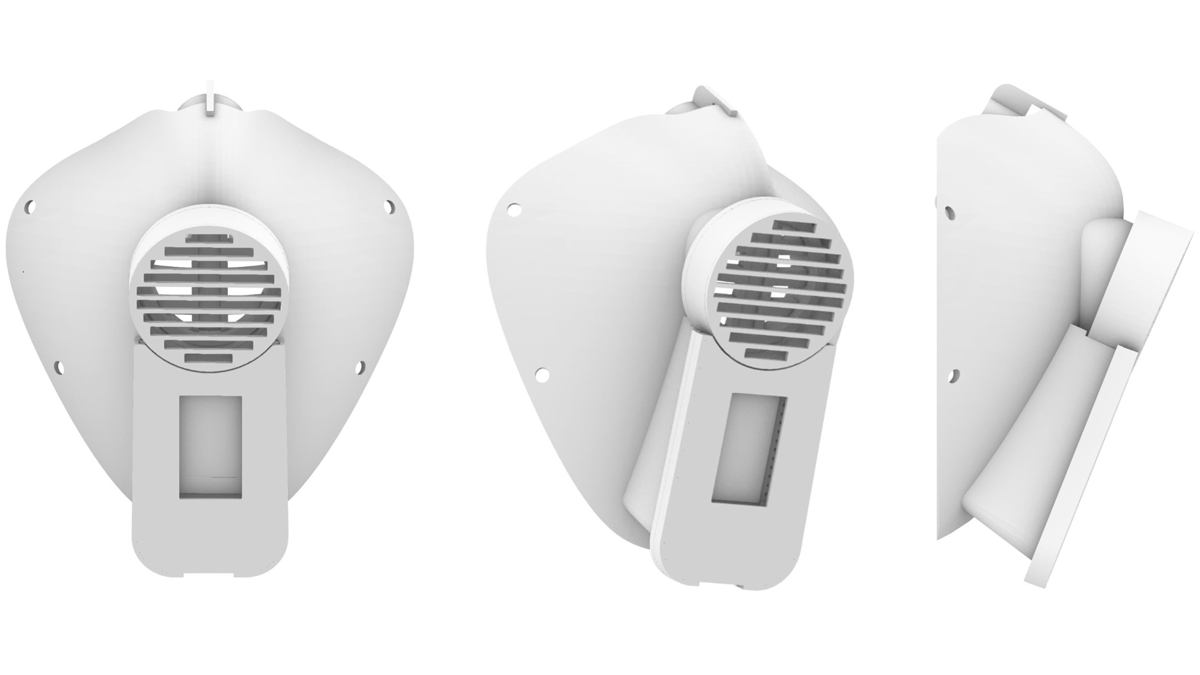
Thanks to 3D printing we have been able to speed up the template prototyping process, reducing costs and above all the timing.
We chose the Raise3D Pro2 Plus printer as it offers precision and accuracy ideal for the use case where there are seats for housing components that must be very precise. In addition, the use of a direct drive printer is recommended for printing flexible materials.
The use of 3D printing has allowed us to be able to create customized products for the customer: starting from a scan of the face we can create a mask with a personalized fit and perfect fit. This goal is impossible to achieve with traditional technologies.
Through Ideamaker it is possible to load the print file and start printing directly from the PC not necessarily located in the same place as the printer. Furthermore, through RaiseCloud it was possible to monitor the printing continuously, and stop printing if there are problems such as support failures or material not extruded correctly, all this remotely.
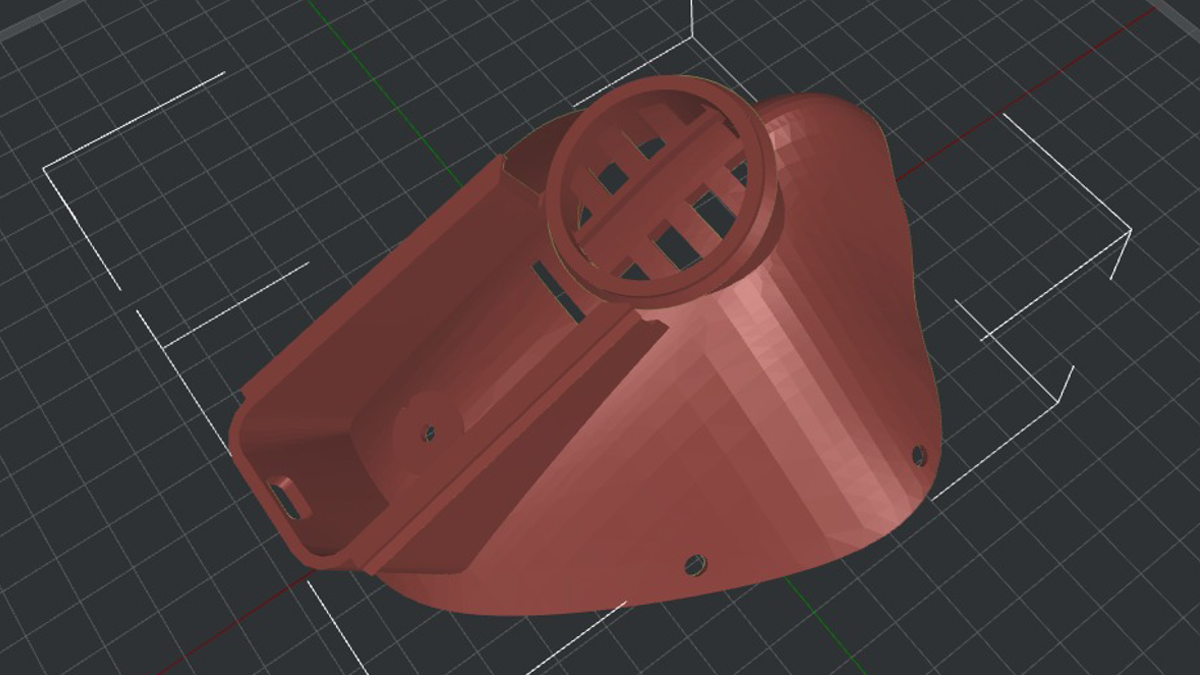
3D printing has allowed us to give value to our project using technical filaments, in particular for the rigid parts a particular PLA filled with copper nanoparticles was used, in order to eliminate bacteria and viruses on contact. This is very important in the medical context in which we work. For the body of the mask, on the other hand, a TPU with shore hardness 85A was used, whose flexibility allows it to adapt to the face. However, we are also studying other flexible materials with bacterial / virus-killing capabilities.
In the future we want to expand our know-how by including other types of technical filaments that can bring value to our products/prototypes."
In Same Category
Related by Tags
- 3D printing for the production of sheet metal bending dies
- Bambu Lab X1E: multifilament 3D printing in industrial applications
- Fireproof additive manufacturing: the benefits of flame retardant materials in modern industry
- Raise3D Announces the Launch of the DF2 Solution at Formnext
- 3D printing and footwear: the FuSa shoe
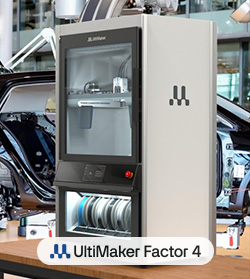






Leave your comment